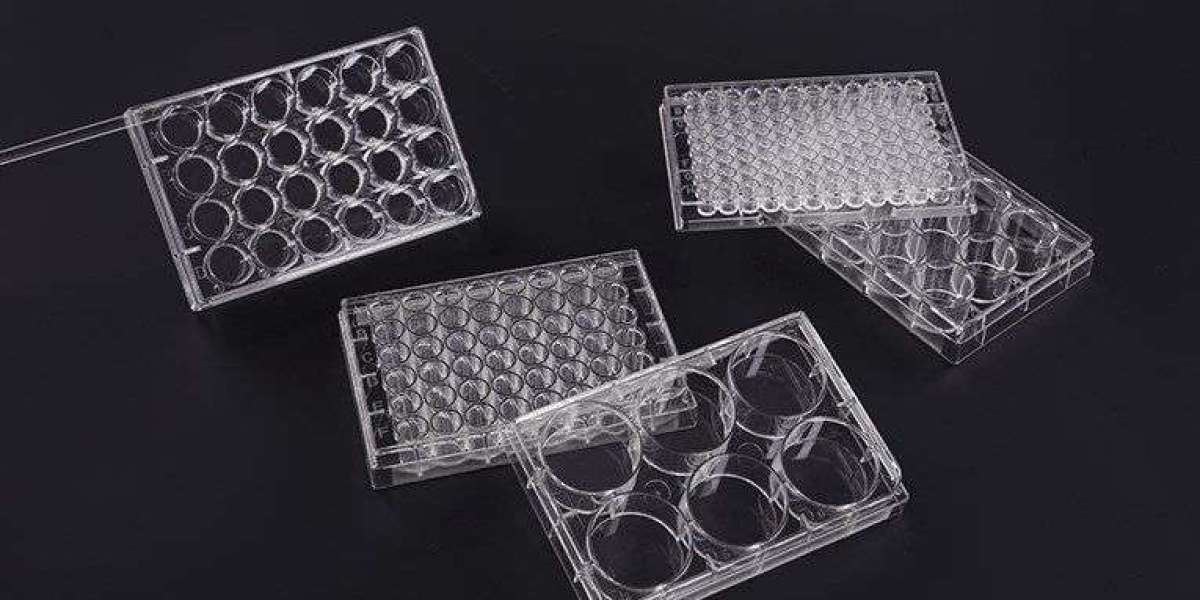Cell culture plates are the backbone of cell biology research, providing a sterile and controlled environment for cultivating and maintaining adherent cells (cells that thrive when attached to a surface). These versatile tools are essential in a wide range of applications, including fundamental research, drug discovery, and regenerative medicine. Here is a detailed breakdown of their applications:
1. Studying cell behavior
- Cell growth and proliferation:Researchers use these plates to observe how cells grow and divide under various conditions. This allows them to investigate factors influencing cell proliferation, such as growth factors, nutrients, and environmental cues.
- Cell differentiation: Cell culture plates allow researchers to study how cells differentiate into specialized cell types. This knowledge is critical for understanding development, tissue regeneration, and disease processes.
- Cell response to stimuli:Researchers can expose cells on these plates to various stimuli such as drugs, chemicals, or environmental changes and observe how they react. This helps to understand drug mechanisms of action, identify potential therapeutic targets, and assess potential environmental impacts.
2. Conducting cell-based assays and experiments
- Cell viability and cytotoxicity assays: These assays assess cell health and survival under various conditions, providing valuable data for drug development and toxicity testing.
- Adhesion and migration assays:The study of how cells attach to surfaces and migrate is critical for understanding wound healing, cancer metastasis, and cell-cell interactions. Cell culture plates provide a controlled environment for performing such tests.
- Protein expression and localization studies:Researchers can use these plates to look into the expression and localization of specific proteins within cells. This knowledge allows us to better understand various cellular processes and disease mechanisms.
3. Amplifying and manipulating cell populations
- Expanding cell cultures: Cell culture plates allow researchers to grow small numbers of cells into larger populations for future research or applications. This is critical for producing enough cells for various experiments or possible therapeutic applications.
- Cell sorting and isolation: Specific cell types can be isolated from heterogeneous populations using a variety of techniques, which frequently necessitate culturing them on plates first.
- Creating co-cultures:Researchers can combine different cell types on the same plate to study cell-cell interactions and complex biological processes such as tissue development or immune responses.
Cell culture plates help us understand life, develop new therapies, and repair or replace damaged tissues. Their versatility, cost-effectiveness, and ease of use make them invaluable tools for scientific research and medical progress. And then, one of the most frequently asked questions is how long can I store cell culture plates.



